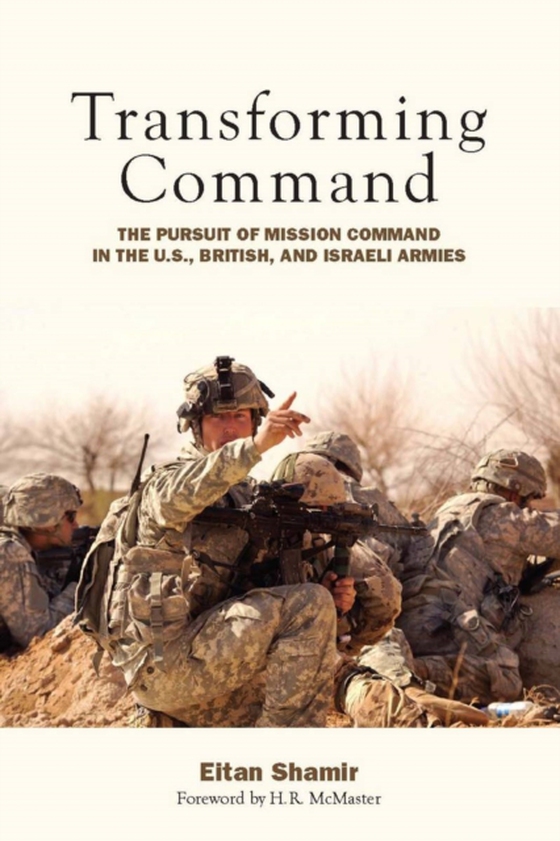
Transforming Command e-bog
221,49 DKK
(ekskl. moms 177,19 DKK)
"e;Examines and analyzes the organizational culture of three armies, those of the United States, Britain, and Israel . . . [an] impressive work."e; -H-WarOn today's complex, fragmented, fast-moving battlefield, where combatants adapt constantly to exploit one another's weaknesses, there is a demonstrable requirement for military commanders to devolve a high level of autonomy of decision...
E-bog
221,49 DKK
Forlag
Stanford Security Studies
Udgivet
26 januar 2011
Genrer
1DBK
Sprog
English
Format
pdf
Beskyttelse
LCP
ISBN
9780804777704
"e;Examines and analyzes the organizational culture of three armies, those of the United States, Britain, and Israel . . . [an] impressive work."e; -H-WarOn today's complex, fragmented, fast-moving battlefield, where combatants adapt constantly to exploit one another's weaknesses, there is a demonstrable requirement for military commanders to devolve a high level of autonomy of decision-making and action to leaders on the ground. An effective model for doing this has existed for some time in the form of mission command and has been utilized by the US, Israeli, and British armies-but with mixed success. This book examines in depth the experiences of the armed forces of each of these countries in implementing mission command, and reveals the key factors that have determined the success or failure of the implementation-factors such as the Revolution in Military Affairs (RMA), the spread of low-intensity conflicts and operations other than war, and differences in how military cultures interpret, articulate, and exercise the command function. With a foreword by H.R. McMaster, Transforming Command has significant implications for both the development of military doctrine and the training and education of tomorrow's military leaders."e;Very well written . . . uses [a] rich array of data and analytical tools to chart out and explain the different trajectories that mission command took in the three countries."e; -Armed Forces & Society
 Dansk
Dansk

